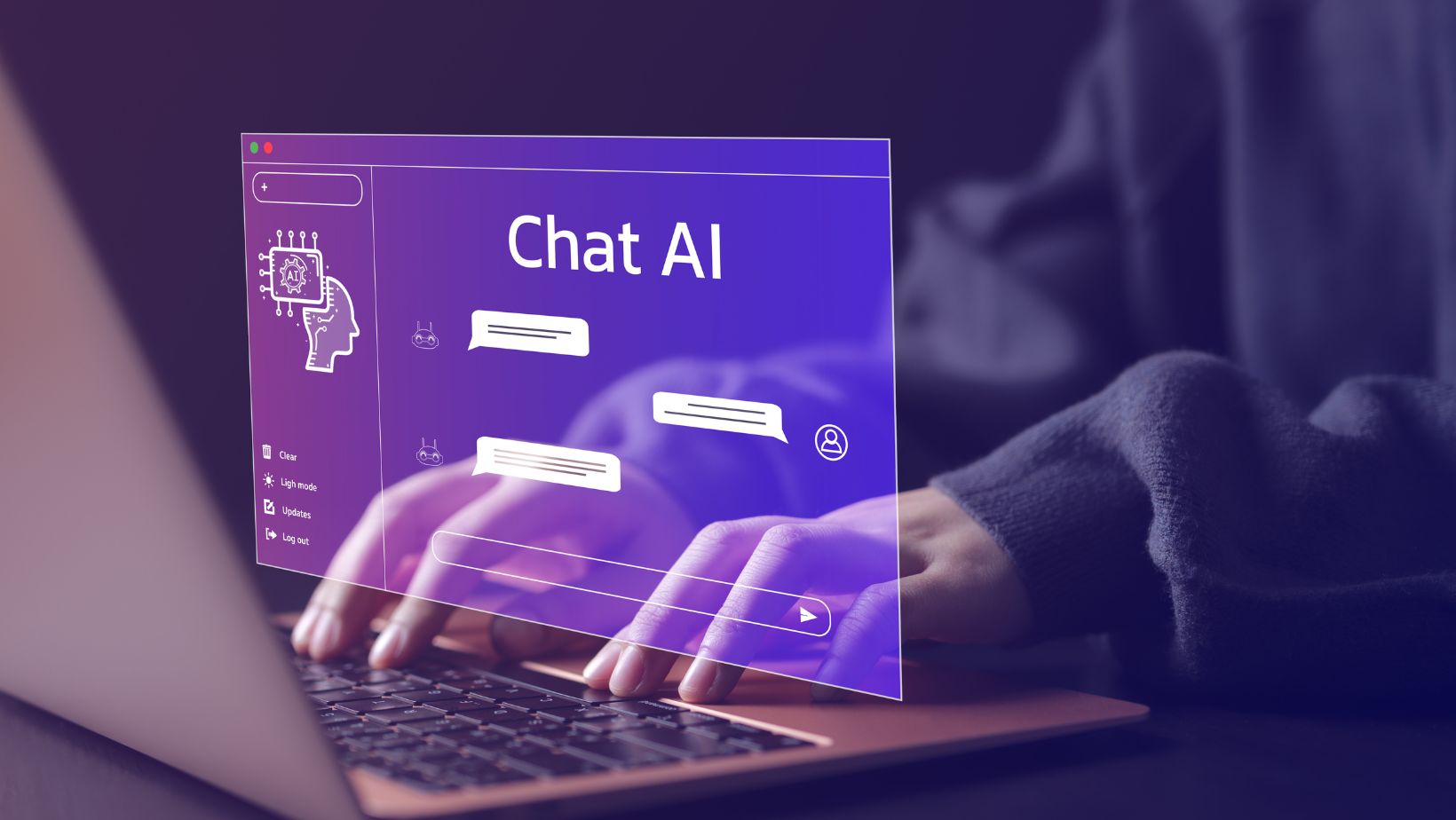When you’re juggling data-privacy rules, anti-money-laundering mandates, and an wide array of industry-specific regulations, “checking the boxes” after the fact just won’t cut it. Compliance costs are already spiraling—financial services firms alone spend about $206 billion every year to keep regulators at bay—and the price of failure is rising even faster. IBM’s most recent Cost of a Data Breach report found the average breach costs $4.88 million in 2024, up 10 percent year-over-year. The same study shows that organizations using AI and automation shaved $2.2 million off those costs thanks to faster detection and response.
Traditional, paper-heavy audits simply can’t keep pace with that math. The answer? AI-driven compliance monitoring—systems that watch data flows and user behavior in real time, surface red-flags automatically, and give compliance officers the insight to act before small issues snowball into regulatory nightmares.
Key Takeaways
- Compliance costs and breach penalties are climbing; AI offers a viable way to flatten the curve.
- Real-time monitoring and NLP turn sprawling data sets into early-warning systems.
- Organizations embracing AI see millions in saved breach costs and 15-25 percent efficiency gains in the risk function.
- Success hinges on open integrations, transparent algorithms, and well-trained people—tools like Case IQ tick all three boxes.
The Shift from Reactive to Proactive Compliance Monitoring
Limitations of Traditional Compliance Models
- Manual evidence collection and quarterly spot checks leave blind spots large enough for fraud to fester undetected.
- Audit teams scramble to reconcile email chains, spreadsheets, and PDFs—often weeks after the risky behavior occurred.
- Disconnected tools make cross-departmental reporting painfully slow, frustrating frontline managers and exposing the business to regulatory fines.
What Makes Compliance Monitoring Proactive?
- Continuous data analysis: Machine-learning models sift through millions of transactions, HR logs, and communications 24/7, watching for statistical anomalies.
- Predictive risk scoring: AI assigns dynamic risk levels to users, vendors, and even entire business units, so investigators can pounce on the top threats first.
- Automated red-flag alerts: Instead of a monthly spreadsheet review, compliance teams see SMS or Slack pings within minutes of a rule violation.
How AI Enhances Compliance Monitoring
1. Real-Time Risk Detection and Alerting
Machine-learning algorithms excel at spotting patterns no human analyst could see—out-of-cycle wire transfers, repeated vendor-master edits, or a sudden spike in after-hours database queries. Construction-industry platform SafetyLens™, for example, analyzes site photos and flags OSHA violations in seconds, giving supervisors time to intervene before an accident or citation occurs. Similar models in banking highlight unusual trade sizes or routing combinations that hint at insider trading or money laundering.
2. Natural Language Processing (NLP) in Incident Analysis
AI isn’t limited to numbers. NLP engines read whistleblower reports, chat logs, and email threads to identify harassment, bribery language, or data-loss concerns. Because NLP can strip out personal identifiers on the fly, it preserves anonymity while still routing high-risk allegations to the right case queue—a crucial step for encouraging a speak-up culture.
3. Automated Reporting and Compliance Audits
Drafting a 50-page control-test report used to eat days of staff time. Now AI bots pull evidence, map it to regulatory frameworks, and generate ready-to-sign reports automatically. One fast-growing fintech cut report-prep times by 60 percent after deploying AI agents to assemble audit packets and chase approvers. Fewer keystrokes mean fewer errors—and far less auditor back-and-forth.
Benefits of AI-Driven Compliance Monitoring
- Improved visibility: A single dashboard spans finance, HR, and IT risks, eliminating data silos.
- Faster incident response: Real-time alerts let teams contain issues hours—not weeks—after they surface.
- Regulatory confidence: Automatic evidence trails and time-stamped actions satisfy SOX, GDPR, and industry-specific rules with less manual effort.
- Data-backed improvement: Trend analytics spotlight chronic weak spots so you can fix processes, not just incidents.
- Built-in scalability: AI models simply crunch more data as your business grows—no need to triple headcount.

McKinsey research shows a well-structured risk-function transformation—including automation—can trim 15-25 percent of compliance costs while improving risk coverage.
Implementing AI-Driven Compliance Tools: Best Practices
Integrating AI With Existing Risk and Compliance Management Systems
Choose platforms with open APIs so data flows freely between your ERP, ticketing system, and case-management hub. Case IQ, for instance, exposes webhook endpoints that ingest alerts from SIEM tools, hotline vendors, and HR apps—then uses its own AI layer to score, assign, and track every case end-to-end.
Key integration tips:
- Map data fields early to avoid orphaned alerts.
- Pilot with one risk domain (say, AML) before rolling out enterprise-wide.
- Keep humans in the loop for final disposition—AI suggests, humans decide.
Training Teams on AI Tools and Ethical Use
Algorithms amplify both good and bad processes, so invest in change management:
- Transparency sessions explain how the model scores risk and why certain actions trigger alerts.
- Policy refreshers remind staff that AI doesn’t replace judgment—investigators still verify facts before escalating.
- Bias checks ensure training data represents all regions, roles, and demographics.
Conclusion
Reactive audits belong to another era. AI-driven compliance monitoring moves risk management upstream, catching anomalies while they’re still cheap to fix and delivering the metrics executives need to steer strategy—not just satisfy regulators. The compounding gains—lower breach costs, fewer manual hours, stronger culture—prove compliance isn’t just a cost center.
Ready to swap spreadsheets for continuous insight? Platforms like Case IQ combine AI analytics, workflow automation, and open integrations so you can plug real-time monitoring into your existing tech stack and start seeing proactive risk scores within weeks.
FAQs
What is AI-driven compliance monitoring and how does it work?
It’s the use of machine-learning models and automation to watch transactional, behavioral, and communications data continuously, flagging rule breaches the moment they occur.
How does AI help in proactive risk management?
By detecting subtle anomalies, assigning predictive risk scores, and routing alerts instantly, AI lets teams fix issues before they snowball into fines or brand damage.
What are the benefits of real-time risk detection in compliance?
Shorter breach lifecycles, lower investigation costs, and hard evidence that your program meets regulator expectations for “timely escalation.”

Can AI tools integrate with existing compliance platforms?
Yes. Most modern vendors (including Case IQ) offer REST APIs, webhooks, and out-of-the-box connectors for common GRC, HR, and finance systems.
Is AI reliable for detecting ethical violations or fraud?
When trained on quality data and paired with human oversight, AI catches patterns people miss—IBM found AI users cut breach costs by $2.2 million on average—but final decisions should always rest with experienced investigators.
Regulators won’t wait. Your monitoring shouldn’t either. It’s time to make compliance proactive.


More Stories
Gaming Vivid2201 Patches: Unlock Stunning Graphics and Ultimate Performance Now
When is Ustudiobytes Released? Everything You Need to Know Before Launch
Problem on Computer 54axhg5: Uncover the Shocking Truth Behind Its Frustrating Issues